
For the last few years, the pandemic has changed the ways we work. And as more people are going online and working from home, it spurts the growth of the IoT technology. Here we’ll find the best of IoT in 2023 and all the other technologies that couldn’t come before.
1. More Prevalent Uses of Edge Computing
Normally, edge computing runs on IoT devices to reduce the strain on their cloud servers. This is especially the case with surveillance and monitoring technologies like Siemens MindSphere. You would also see this on the Tesla Autopilot.
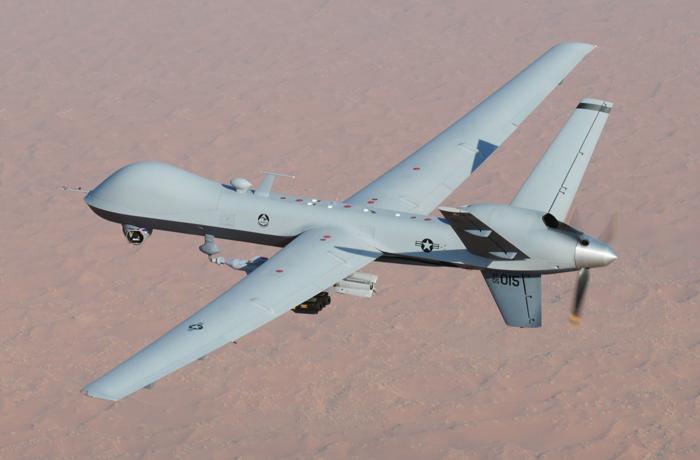
But these things don’t bring edge computing to its proper “edge.” If you want to see the cutting edge of edge computing applications, then look no further than the military.
In October last year, Lockheed Martin announced how they would use edge computing to improve their Stalker Unmanned Aerial System (UAS): they plan to run AI inside built-in computers within the Stalker drones.
While this might sound simple, it’s actually going to be quite a feat. AI use a staggering amount of data to process, and it’ll need a powerful computer inside of it.
And it probably won’t be long until we get spy drones flying around with computer brains running AI. In fact, there already are experimental pilot AIs running practice aerial dogfights inside real, lumbering, metallic aircraft. They’re running real planes for training exercises. It certainly won’t take much more to teach drones how to track targets and hover on a certain spot.
Of course, all these will still need human soldiers to look after them and guide them. But the future of aerial warfare will include edge-computed, AI-powered war machines. And we’re just at the cusp of seeing this a reality.
2. Advanced Robotics Technology Used in Various Industries
Smart agriculture and precision farming use different kinds of machines, robots, sensors, and computers to do most of the tedious and dangerous tasks that farm hands do on the regular. But as advancements in robotics come around, we’ll get to see more robots working alongside human farmhands, doing more delicate tasks like milking cows and picking strawberries – and you might even see that by tomorrow.
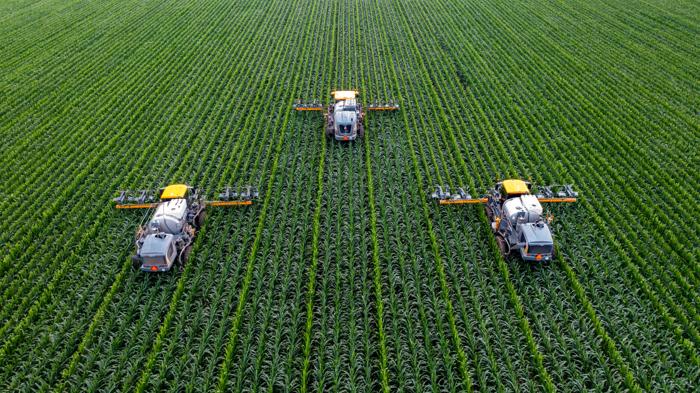
Sounds a bit far-fetched? Well, there’s already such a thing as a strawberry-harvesting robot. It’s called BERRY, and it’s a robot meant to help strawberry farmers pick strawberries before they go overripe. Using machine vision and delicately-engineered “fingers”, BERRY can see which ones are ripe and accurately pick strawberries from the stalk.
Soon, we’ll see more kinds of specialized robots in the market doing their own kinds of things. A special robot, for instance, can be made to harvest lettuce grown in a hydroponic garden. Or another could be made to plant rice in terraces where having heavy machinery around could be a bad idea.
And all of that could be made to work with just a finger-press on a smart phone. Yep, these machines will be that simple to use. It wouldn’t make sense to have these robots unreasonably difficult to use.
You could, perhaps, see their progress on a phone app. Or they could make logs over a cloud server and make it easier to store historical data on your farm. Combining this information with other data such as weather, fertilizer usage, and crop cycles can help farmers increase their crop yields and bring more fresh food into the supermarkets.
3. Artificial Intelligence and Machine Learning Inside IoT Devices
In the past, companies that wanted to integrate AI into their products needed to develop in-house AI technology from scratch. With newer AI technologies like ChatGPT and Stable Diffusion releasing their APIs to the public, it’s now possible to embed these tech to IoT devices.
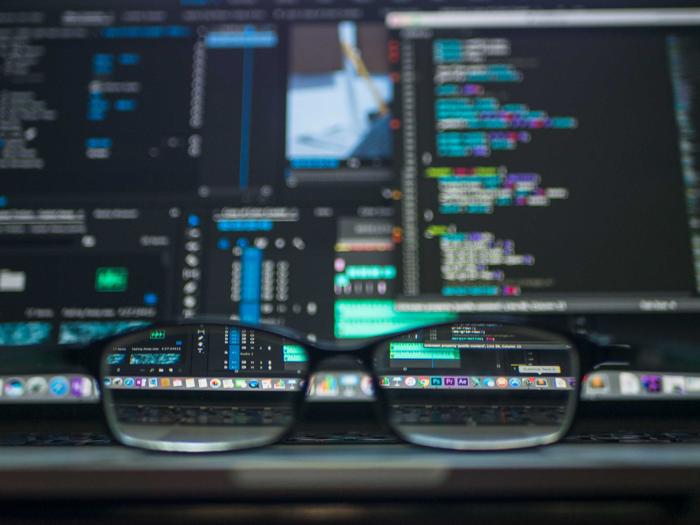
It could even personalize the kinds of notifications it sends you in such a way that they don’t look like the same message you get every morning. Or, even better, you could have a simple text box instead of a confusing dashboard warning about noteworthy sensor readings.
Another way that AI and Machine Learning gets used in IoT is through a concept called Artificial Intelligence of Things (AIoT). This involves embedding AI algorithms into IoT devices. A common way of doing this is through Computer Vision in which an AI algorithm identifies a certain object (like a person or a dog) in a given picture or video recording.
And unlike larger AI models like ChatGPT or Stable Diffusion, Computer Vision models tend to be much smaller, and able to fit inside small computers like a Raspberry Pi.
4. 5G Precise Positioning to Replace GPS in Worker Robots
Now this one’s a rather newer tech that most people haven’t seen yet. Precise positioning with 5G is a new technology by Qualcomm that lets automated machines and vehicular robots know exactly where they are in a building without GPS.
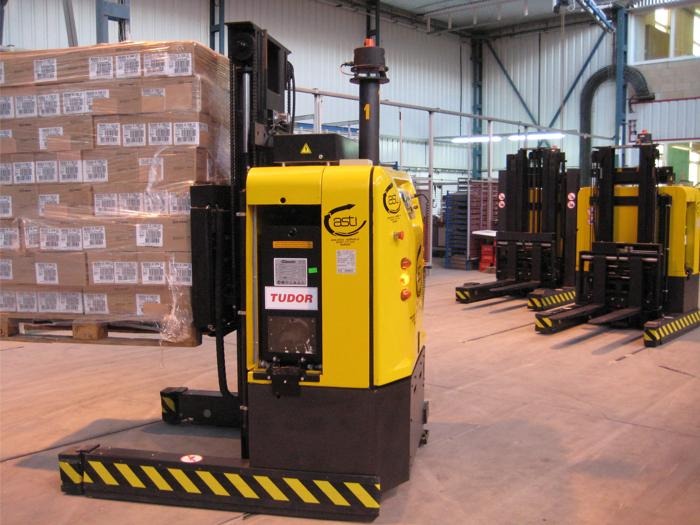
While the tech has already been explored for a long time, it wasn’t until Qualcomm demonstrated what 5G precise positioning can do alongside newer technologies. Enhanced machine vision and real-time data processing added to the mix allowed a warehouse robot to move around corridors and avoid obstacles while still knowing where to go and how to get there without the need for a GPS signal.
Of course, this technology also won’t be staying inside the warehouse. At homes, this could mean better robot vacuum cleaners. You’d be able to make more precise geofences for it. Plus, it won’t even need cameras to change its routes. They’d be able to reach certain locations more often, or be programmed to avoid a certain location of the house.
Scaled down even further, we can have key fobs with stuff like this built into them. That way, you’d know all the time where your keys are. Or the remote control whenever you want to watch the TV. Though this would probably only work within a home or office with multiple routers, because 5G precise positioning needs a lot of these to work.
5. Stopping Forest Fires with AI and Environmental Sensors
While the concept of running sensors on trees and detecting forest thickness using LoRaWAN has been around for a while now, adding AI and machine learning algorithms inside embedded devices spices everything up just right.

What I mean is, AI can be used to prevent forest fires. It’s not just for detecting them anymore. FireAId is an ongoing World Economic Forum project for creating an AI that can warn about wildfires before they can happen.
The project has two key goals. First one is to find out which locations are at risk for a forest fire. And the second one is knowing the most optimal strategy for extinguishing a forest fire – when it does so happens to reach that point.
And this project is big. It’s a joint project between globalized private companies the Turkish Ministry of Forestry. Once this project develops into something usable, we would not only be better able to avoid disastrous forest fires, but also to identify the the little intricacies that we don’t know about what starts a forest fire.
6. Medical Digital Twins for Pharmacotherapy
Having a digital version of yourself roaming around the internet is still a distant goal. That’s probably out of reach with today’s fledgling technologies. But what we can have right now is still useful – and you’ll eventually be thankful for it.

The MILBox Project is a long-term research project by the University of Miami meant to create a digital version of patients. Doctors can test whatever drugs that could work on your digital twin before trying them out on you. That way, they’d know which one works best in a couple of days instead of waiting for your body to respond to a drug treatment over the course of weeks or months.
All you’ll need to do is to stay under medical surveillance for a some time, mostly while having wearable IoT biosensors on your body and recording how your body normally looks like. And then, before you know it, you’ll get the best medical drugs for your specific condition.
In fact, with portable test kits and telemedicine, your doctor might not even need to see you personally!
Digital twins are not just there for helping with medical drugs, though. Other digital twin technologies already exist to help with surgery. But a medical digital twin for pharmacotherapy would be more than ideal – even at its early infant stages.
7. Blockchain for the Internet-of-Drones in Search-and-Rescue
Blockchain doesn’t just belong to Bitcoins and computer-generated pictures of internet monkeys. It could eventually save your life too.
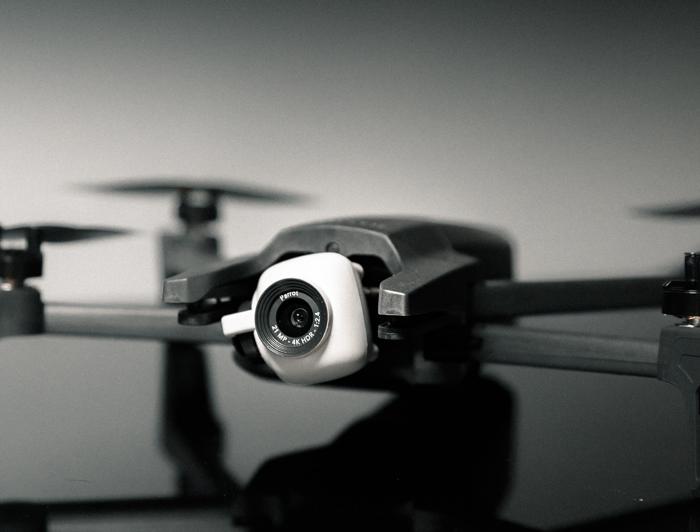
When it comes to search-and-rescue drones, having a lot of them is a double-edged sword. After all, more eyes on a site means better visibility. But because most drones need to talk through radio frequency channels, you’ll be left with a dozen of drones and remote controls interfering with each other and becoming useless.
The solution? A blockchain-based Internet-of-Drones (IoD) system to tell which drone is which at a disaster zone. Just as how you’d know how much crypto-coins you’re getting through a blockchain network where every single transaction is blared in the public eye, the same can be done through blockchain-based IoD.
A swarm of drones can be made to cover larger swaths of land and ocean while looking for missing people and assessing danger. But what’s really amazing is how this technology has come deeper into experimental trials and closer into implementation in just a couple of years.
Pretty soon, we’ll see black skies scattered with drones, heralding robotic saviors to lift survivors out of danger. But also, we might see this technology spill over to other technologies. This could be used in police surveillance, letting cops see more of an area. All the while trained AI models look at possible sources of harm, like over-speeding cars or runaway pets.
Or maybe something a bit classy, like a cafe with drone servers. Wouldn’t it be nice to have hot coffee delivered on your table by a cute, robot drone?
The Future and IoT
If you think that all of that was impressive already, then there’s good news for you. The technology for IoT will keep on improving as better materials and techniques develop over time. Things like 6G technology and quantum computing could come into play, giving way for an even better and brighter tomorrow.








